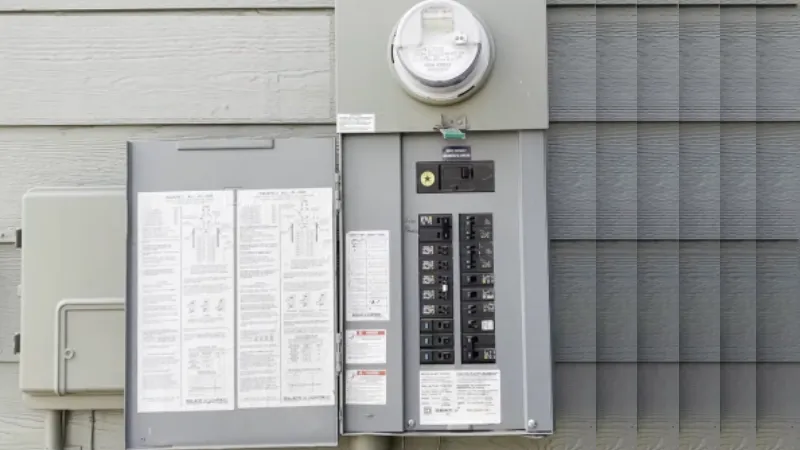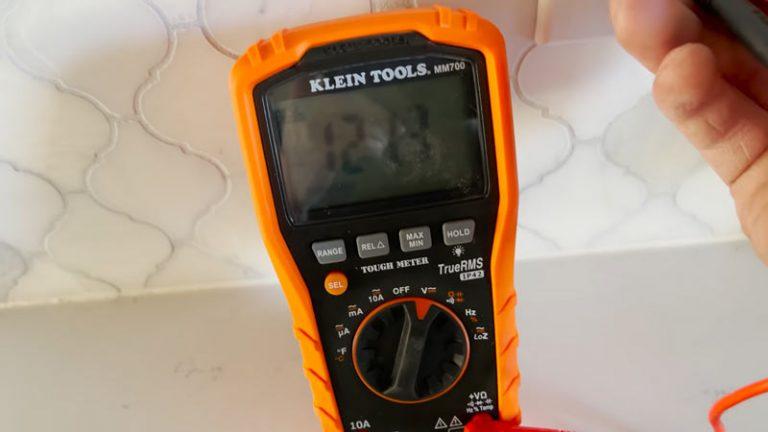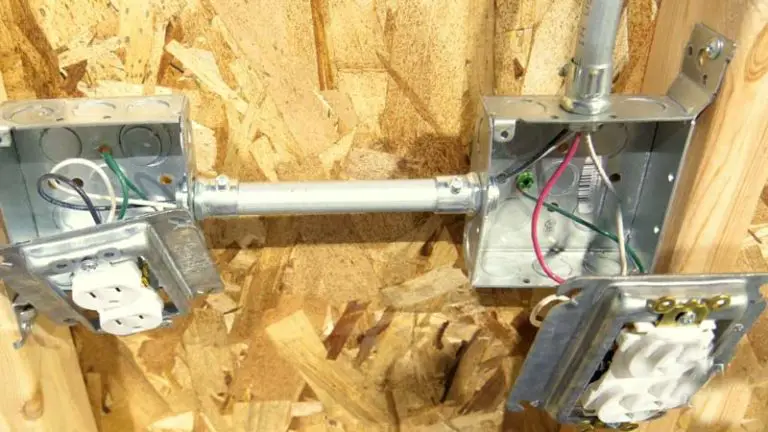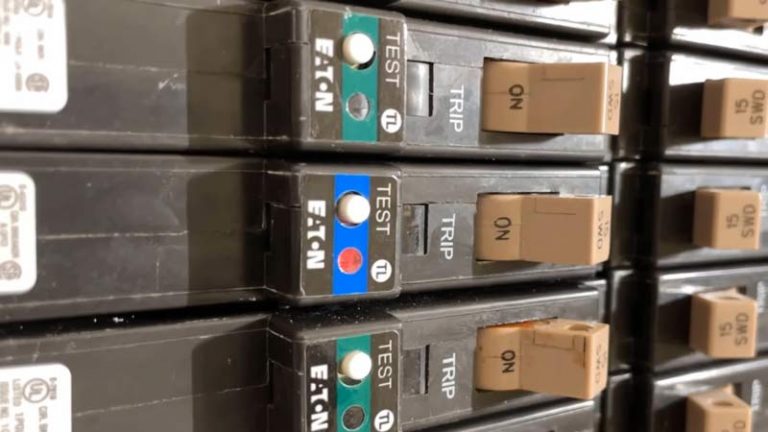Which Breaker is My Smoke Detector?

Knowing which circuit breaker controls your smoke detectors is important for ensuring the safety of your home. In the event of a fire, it is crucial that your smoke detectors are functioning properly. They need to be able to alert you to danger.
Additionally, if you need to troubleshoot or add a new smoke detector, you will need to locate the correct circuit breaker. This is to safely turn off the power before working on the system. In this post, we will discuss the various ways you can locate the circuit breaker that controls your smoke detectors. We will also cover the safety precautions you should take when working with electricity.
You'll Learn About
Which Breaker is My Smoke Detector?
Smoke detectors are important safety devices. They help protect your home and family in case of fire. In order to function properly, these detectors need to be powered by an electrical circuit. This circuit is dedicated to this purpose. The breaker size required for smoke detectors will depend on the specific type of detector. It will also depend on the wiring that is in place.
15-amp Circuit (Wired With 14-gauge Wire)
A 15-amp circuit is acceptable for powering hardwired smoke detectors. This circuit is typically wired with 14-gauge wire. This wire is suitable for handling the relatively low amount of power that smoke detectors require. 15-amp circuits are typically used in areas of the home where light fixtures, outlets, and other low-power devices are located.
20-amp Circuit (Wired With 12-gauge Cable)
A 20-amp circuit is also acceptable for powering hardwired smoke detectors. This circuit is typically wired with 12-gauge cable. This cable is thicker and can handle more power than 14-gauge wire. 20-amp circuits are typically used in areas of the home where more power-hungry devices are located. These areas include the kitchen or a workshop.
Why the Right Size Circuit is Important
It is important to use the correct size circuit for your smoke detectors for several reasons. First, using a circuit that is too small for your smoke detectors can result in a breaker trip or blown fuse. This can cause the detectors to stop working. Second, using a circuit that is too large for your smoke detectors can result in a dangerous overloading of the circuit. This can lead to fire and other hazards.
Additionally, it is important to choose the right breaker type. Different types of smoke detectors require different amounts of power. For example, ionization smoke detectors are typically less power-hungry than photoelectric detectors. They may be able to run on a 15-amp circuit. Photoelectric detectors, on the other hand, typically require more power. They may need to be powered by a 20-amp circuit.
It is important to choose the right size breaker for your smoke detectors. This ensures that they function properly. It also minimizes the risk of fire and other hazards. If you are unsure about the size circuit that is required for your smoke detectors, it is best to consult a professional electrician. They can provide you with the right guidance and advice.
Why Smoke Detectors Are Often Connected to a General Lighting Circuit?
In many residential buildings, smoke detectors are connected to the general lighting circuit. This is for convenience and to prevent false alarms from turning off the breaker and not turning it back on. This allows homeowners to easily access and test the smoke detectors. They do not have to locate a dedicated circuit for them.
It also helps to ensure that the smoke detectors remain powered on. Turning off the breaker for a false alarm could potentially cause the detectors to be disabled in the event of a real fire. However, it is important to note that some jurisdictions may have specific requirements for the installation of smoke detectors. These requirements may include the use of a dedicated circuit.
It is always a good idea to check local building codes and the manufacturer’s instructions before installing smoke detectors.
How to Locate the Circuit Breaker for Smoke Detectors
There are several ways you can locate the circuit breaker that controls your smoke detectors:
- Check the circuit breaker panel for a label indicating a “fire alarm circuit control”. Some circuit breaker panels may have labels that identify which breaker controls the smoke detectors.
- Check the manufacturer’s instructions for the smoke detectors. The instructions for your smoke detectors may indicate which circuit breaker they are connected to.
- Turn off each circuit breaker one at a time and note which appliances or fixtures stop working. This method can be time-consuming, but it is a reliable way to determine which circuit breaker controls your smoke detectors.
- Create a labeled map or list of the circuits in your home. This can be a useful tool for keeping track of which breaker controls each circuit in your home.
It is important to note that if you are unable to locate the circuit breaker for your smoke detectors, you should not try to install or troubleshoot them yourself. Instead, you should contact a licensed electrician. They can help you locate the correct circuit breaker and assist with any necessary repairs or installations.
Safety Precautions When Working With Electricity
It is important to take proper safety precautions when working with electricity. This is especially true when installing or troubleshooting smoke detectors. Here are some safety tips to keep in mind:
- Always turn off the power before working on any electrical system. Before installing or troubleshooting smoke detectors, locate the circuit breaker that controls them and turn it off. This will help to prevent electrical shocks and fires.
- Wear protective gear. When working with electricity, it is important to wear protective gear such as gloves, safety glasses, and non-conductive shoes. This will help to protect you from electrical shocks and injuries.
- Follow proper electrical safety procedures. Make sure to follow the manufacturer’s instructions and all applicable building codes when working with electricity. Be sure to use the proper tools and equipment. Be careful not to touch live wires or electrical components.
By taking these precautions, you can help to ensure your safety and the safety of your home when working with electricity.
Editor’s Note
It is generally a good idea to have smoke detectors on a dedicated circuit. This makes them less likely to be turned off by accident. However, it is not always possible or required in every situation. In residential buildings, smoke detectors are often connected to the general lighting circuit.
In this case, it is important to label the circuit breaker that controls the smoke detectors. This allows them to be easily identified in the event of a fire or false alarm. If you are adding a new smoke detector, you should locate the circuit breaker that controls the existing smoke detectors. Turn it off before installing the new one.
It is also a good idea to create a labeled map or list of the circuits in your home. This helps you easily identify which breaker controls each circuit. It is important to be familiar with the electrical system in your home. You should also take proper safety precautions when working with electricity.
Additional Tips for Smoke Detector Maintenance
Maintaining your smoke detectors is crucial for ensuring they function properly in an emergency. Here are some additional tips to keep in mind:
Test Your Smoke Detectors Regularly
It is important to test your smoke detectors at least once a month. This ensures they are working correctly. Most smoke detectors have a test button that you can press to check their functionality. If the alarm does not sound, replace the batteries or the detector immediately.
Replace Batteries Annually
Even if your smoke detectors are hardwired, they often have backup batteries. Replace these batteries at least once a year. A good reminder is to do this when you change your clocks for daylight saving time.
Clean Your Smoke Detectors
Dust and debris can accumulate inside your smoke detectors over time. This can affect their performance. Use a vacuum cleaner or a soft brush to clean the detectors periodically. Avoid using water or cleaning chemicals, as these can damage the device.
Replace Smoke Detectors Every 10 Years
Smoke detectors have a limited lifespan. Most manufacturers recommend replacing them every 10 years. Check the manufacturing date on the back of the detector to determine its age. If it is older than 10 years, replace it with a new one.
Conclusion
In conclusion, knowing which circuit breaker controls your smoke detectors is an important part of ensuring the safety of your home. If you need to add or troubleshoot your smoke detectors, it is essential to locate the correct circuit breaker. This allows you to safely turn off the power before working on the system.
There are several ways you can locate the circuit breaker that controls your smoke detectors. These include checking the circuit breaker panel for a label, consulting the manufacturer’s instructions, turning off each circuit breaker one at a time, or creating a labeled map or list of the circuits in your home.
To determine which breaker controls your smoke detector, start by turning off breakers one at a time until the detector loses power. This process helps you identify the correct circuit. It ensures you can safely perform maintenance or replacements.
While working on your electrical system, consider other breaker-related topics. For example, learning why Zinsco breakers are so expensive can help you make informed decisions about replacements. Additionally, understanding which breakers are compatible with Challenger panels can save you time and money. For more tips, explore our guide on using Siemens breakers in Bryant panels.




